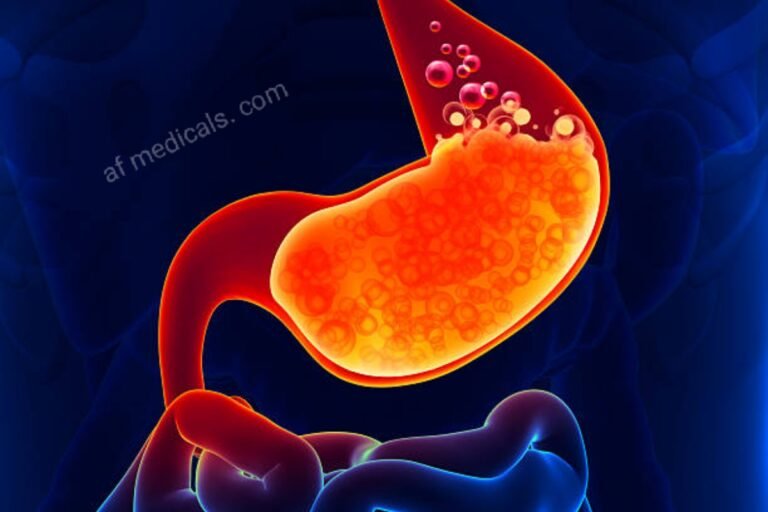Helicobacter pylori: A Comprehensive and Authoritative In-depth Analysis:
Helicobacter pylori: A Comprehensive and Authoritative In-depth Analysis:
Table of Contents:
- Introduction
- Discovery and Historical Overview
- Biology and Characteristics
3.1 Morphology
3.2 Genetic Structure
3.3 Survival Mechanisms
- Parthenogenesis and Health Implications
4.1 Gastrointestinal Diseases
4.2 Extragastric Manifestations
4.3 Mechanism of Action
- Epidemiology
5.1 Global Prevalence
5.2 Risk Factors
- Diagnosis and Detection Methods
6.1 Non-Invasive Techniques
6.2 Invasive Techniques
- Treatment and Management
7.1 Antibiotic Therapy
7.2 Resistance Challenges
7.3 Alternative Treatments
- Prevention Strategies
- Future Directions in Research and Therapy
- Conclusion
1. Introduction:
Helicobacter pylori, a spiral-shaped bacterium that stays within the human stomach, has been the subject of broad investigation due to its critical role in different gastrointestinal illnesses. Its revelation toppled past convictions around the sterile environment of the stomach, uncovering a complex interaction between microorganisms and human well being. This article digs into the science, parthenogenesis, study of disease transmission, and administration of H. pylori, shedding light on its worldwide affect and the progressing endeavors to combat its predominance.
2.Discovery and Historical Overview:
The journey to reveal Helicobacter pylori started in 1982 when Barry Marshall and Robin Warren watched microbes within the stomach lining of patients with gastritis and ulcers, challenging the then-prevailing idea that bacteria could not survive within the stomach’s acidic environment. Their groundbreaking work not only distinguished H. pylori but also connected it to peptic ulcers and gastric cancer, changing the approach to treating these conditions on a very basic level.
3.Biology and Characteristics:
3.1 Morphology:
H. pylori is characterized by its special helical shape, which encourages its development through the mucous layer of the stomach. This versatility is pivotal for colonization and tirelessness in the cruel gastric environment.
3.2 Genetic Structure:
The hereditary cosmetics of H. pylori are exceedingly versatile, empowering rapid advancement and survival in differing conditions. Its genome encodes a few destructiveness variables, such as the cag pathogenicity island and vacuolating cytotoxin, which play essential parts in its pathogenic instruments.
3.3 Survival Mechanisms:
A key to H. pylori’s versatility is its capacity to neutralize stomach corrosives. The bacterium produces urease, which breaks down urea into alkali, buffering the stomach’s corrosiveness and making a more affable environment for its survival.
parthenogenesis and Health Implications:
4.1 Gastrointestinal Diseases:
H. pylori disease is the essential cause of constant gastritis and is emphatically related to the advancement of peptic ulcers and gastric cancer. The bacterium’s harmful components initiate aggravation and harm to the gastric epithelium, leading to these conditions.
4.2 Extragastric Manifestations:
Investigate has proposed potential connections between H. pylori disease and extra gastric infections, such as cardiovascular clutter, metabolic disorder, and press lack frailty, showing a broader affect on human well being.
4.3 Mechanism of Action:
H. pylori’s pathogenicity emerges from its capacity to avoid the resistant framework and initiate an incessant provocative reaction. This continuous irritation harms gastric tissues and can lead to ulcers or neoplastic changes.
5.Epidemiology:
5.1 Global Prevalence:
H. pylori taints approximately half of the world’s populace, with prevalence rates shifting altogether over diverse districts, to a great extent affected by financial components and sanitation benchmarks.
5.2 Risk Factors:
Key hazard variables for H. pylori disease incorporate swarmed living conditions, the need to get to clean water, and intracranial transmission. The hazard of contamination is closely related to financial status.
6.Diagnosis and Detection Methods:
6.1 Non-Invasive Techniques:
Non-invasive demonstrative strategies, such as the urea breath test and fecal antigen test, offer helpful and exact means of recognizing H. pylori contamination, encouraging early mediation.
6.2 Invasive Techniques:
For patients displaying extreme gastrointestinal indications, endoscopic biopsy remains the gold standard for determination, permitting coordinated perception and microbial culture from gastric tissues.

7.Treatment and Management:
7.1 Antibiotic Therapy:
The destruction of H. pylori regularly includes a combination of anti-microbial and proton pump inhibitors, focusing on both bacterial ends and corrosive concealment to advance mending.
7.2 Resistance Challenges:
The development of antibiotic-resistant H. pylori strains poses a critical challenge to treatment adequacy, requiring the improvement of unused restorative methodologies and anti-microbial stewardship.
7.3 Alternative Treatments:
Inquiring about elective medications, counting macrobiotics, petrochemicals, and antibody advancement, offers trust for more compelling and less resistance-prone administration alternatives.
8.Prevention Strategies:
Preventive measures against H. pylori disease center on making strides in sanitation, water quality, and individual cleanliness, especially in high-prevalence locales.
9.Future Directions in Research and Therapy:
Continuously inquire about points to unwind the complex relationship between H. pylori and its have, creating more focused treatments and investigating the potential for antibody improvement to avoid disease.
10.Conclusion: Helicobacter pylori remains a basic player in gastrointestinal well being, with its unavoidable impact expanding past the stomach to possibly affect general well-being. Understanding its science, parthenogenesis, and suggestions for human well being is pivotal for creating viable procedures to oversee and avoid H. pylori-related illnesses, highlighting the significance of further inquiry and advancement in this field







